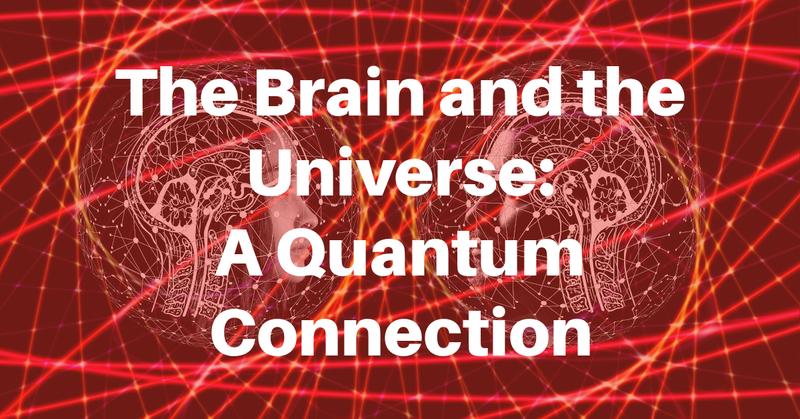The Mysteries of the Brain and the Universe: A Quantum Connection
The Mysteries of the Brain and the Universe: A Quantum Connection
The human brain has long been a source of wonder and fascination, and the vast cosmos has intrigued scientists and philosophers for centuries. Recent research has set its sights on a tantalizing possibility: Could there be a connection between the human brain and the universe, operating on a quantum scale? Following, I will explore groundbreaking discoveries that bridge the realms of neuroscience and astrophysics, shedding light on the mysterious relationship between our brains and the cosmos.
Part 1: The Brain's Mathematical Blueprint
Scientists have unveiled a hidden mathematical order governing the way neurons cluster in the human brain and across various mammalian species. This revelation may revolutionize our understanding of brain function and connectivity.
Imagine your brain as a complex cityscape, with neurons serving as the inhabitants. Researchers have found that these neurons are not distributed randomly. Instead, they follow a fundamental mathematical pattern described as a lognormal distribution. In simpler terms, most regions of the brain exhibit an average neuron density, but a few areas possess significantly higher neuron density. These high-density regions may hold the key to understanding how our brains work.
The significance lies in the potential impact of small changes within these high-density areas. Even minor deviations from the norm in these regions could have far-reaching effects on brain connectivity and function. This discovery opens the door to a new frontier in neuroscience, offering insights into the fundamental mechanisms that underlie consciousness, cognition, and perception.
Part 2: Quantum Fractals and Cosmic Networks
Now, let's shift our focus to the cosmos and the intriguing concept of fractals. Fractals are self-replicating patterns that can be observed in nature and throughout the universe. Recent research studies the quantum transport properties of these fractal networks, with a specific emphasis on how electrons and energy traverse these intricate cosmic patterns.
This exploration has led to the tantalizing hypothesis that the brain's neural networks and cosmic structures might share strikingly similar underlying principles. The fractal nature of both the brain's neural networks and cosmic structures suggests a potential connection on a quantum scale. Understanding this connection could provide profound insights into the mysteries of consciousness and cognition.
Part 3: Practical Applications and Future Prospects
The research on quantum transport in fractal networks not only deepens our understanding of the brain-cosmos connection but also holds promise for practical applications. One exciting possibility is the development of quantum technologies, such as quantum computing and quantum communication. These technologies could transform industries and solve complex problems that were once deemed insurmountable.
Additionally, the study of fractal networks could enhance our understanding of complex systems, such as the human brain and the cosmos, at their most fundamental levels. By deciphering the shared principles governing these systems, we may unlock new ways to explore and harness the power of the universe.
In the ever-evolving landscape of scientific discovery, the quest to understand the human brain and the mysteries of the cosmos takes a quantum leap forward. The revelations about the brain's mathematical blueprint and the potential connection to fractal cosmic networks open doors to unprecedented insights and possibilities.
As researchers continue to investigate this fascinating intersection of neuroscience and astrophysics, we find ourselves on the brink of a new era of understanding. The profound implications for brain function, quantum technology, and our comprehension of the universe hint at a future where the boundaries between the human mind and the cosmos blur, revealing the intricate tapestry that connects us to the cosmos at a quantum level.
Be the first to post a message!
